Queen Bee Manuka Honey
Label claim: Active 25+
Stockists: Amazon, Manuka Honey Direct
Price: £16.98 (340g)
What the tests showed
TA:11.5
NPA:<9.5
The lab says: “Although the TA result of 11.5 shows that the product has some activity, this result does not support the label claim of ‘25+ TA active ’even when the leeway for test variability of plus or minus 2 is taken into account. The label makes no specific claims or reference to NPA. However, the result for NPA of ’less than 9.5’ is somewhat surprising as ‘activity’ in manuka honey is typically, in our experience, predominantly derived from NPA.”
What the company says: “USP Healthcare takes great care in ensuring our honey meets the advertised standard and is true to label,” says Ben Wilson, general manager at Queen Bee supplier USP Healthcare. “Our honey is tested by Eurofins, an accredited and certified laboratory to run The University of Waikato, Honey Assay Method described in Allen, Mollan & Reed (1991) Journal of Pharmacy and Pharmacology. Our test results from Eurofin relating to this batch show activity exceeding the label claim. With respect to the other questions you have asked of our company, we remain committed to delivering products to the market that are fit for purpose and meet the required standards. We are not in a position to comment on, or respond to the ongoing deliberations on manuka standards until they are released, other than obviously we will comply with any regulatory requirements as they pertain to our products.”
How the tests were conducted:
Tests were carried out by Minerva Scientific, one of Europe’s leading independent honey testing labs, on seven randomly selected manuka honeys. Minerva conducted two different tests on the samples - one for Non-Peroxide Activity (NPA) and one for Total Activity (TA). The test for NPA was a microbial inhibition plate bioassay based on the procedure developed by Professor Molan in New Zealand, for the measurement of the antibacterial qualities of manuka honey. The TA was measured using a modified version of the same plate bioassay to yield comparable results. All antibacterial activity was measured against phenol standards and expressed in % phenol equivalence. The uncertainty of measurement for the tests was estimated at +/-2% phenol equivalent - eg: a result of 10% phenol could lie anywhere from 8% to 12%. All the honeys are operating within the current laws.



![XOXO-Product-Shot[ALL FLAVOUR]-Sky-1920x1080](https://dmrqkbkq8el9i.cloudfront.net/Pictures/274x183/4/9/2/355492_xoxoproductshotallflavoursky1920x1080_806584_crop.jpg)



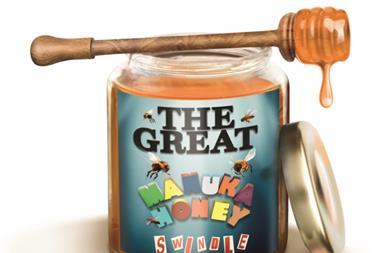
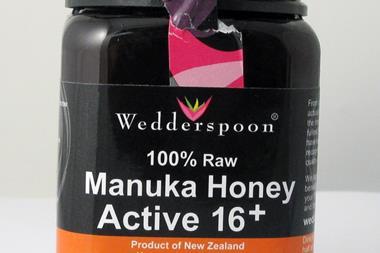
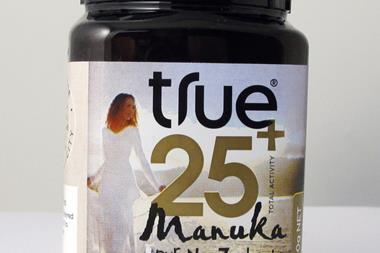

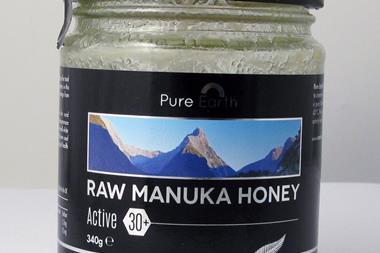
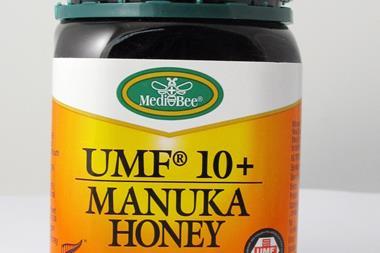

![XOXO-Product-Shot[ALL FLAVOUR]-Sky-1920x1080](https://dmrqkbkq8el9i.cloudfront.net/Pictures/380x253/4/9/2/355492_xoxoproductshotallflavoursky1920x1080_806584_crop.jpg)
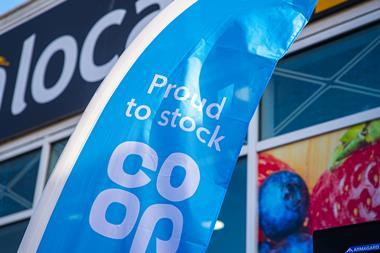

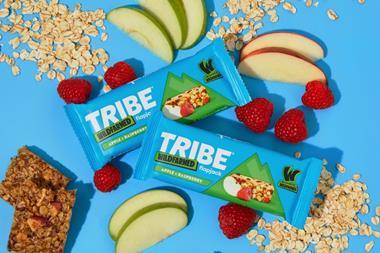
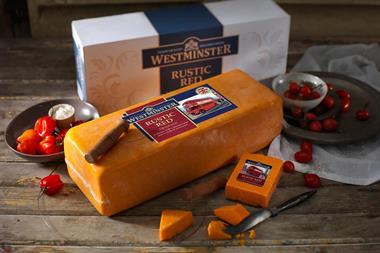
No comments yet